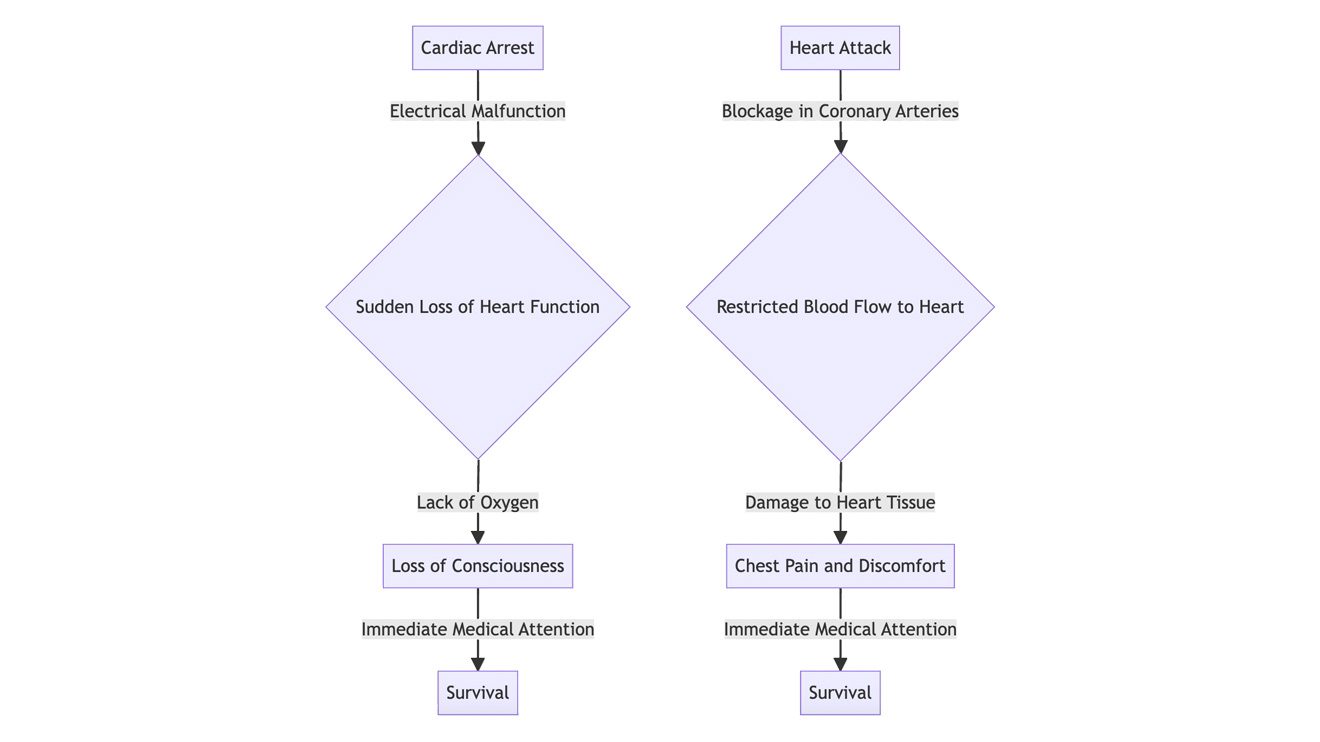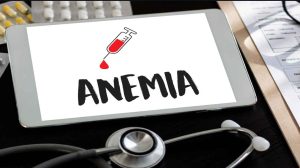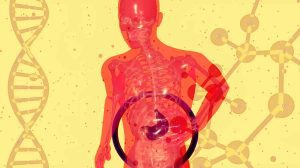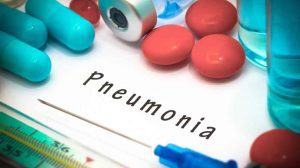Cardiac Arrest and Heart Attack: When it comes to cardiovascular health, two terms that are often confused are “cardiac arrest” and “heart attack.” While they both pertain to the heart, they are distinct medical emergencies with different implications and treatment approaches. In this article, let’s explore the key differences between cardiac arrest and heart attack, their causes, symptoms, emergency responses, and preventive measures.
Understanding Cardiac Arrest and Heart Attack
Definition of Cardiac Arrest
Cardiac arrest is a life-threatening condition in which the heart suddenly stops beating effectively, leading to a halt in blood flow to vital organs. This cessation of heart activity results in an abrupt loss of consciousness and breathing.
Definition of Heart Attack
On the other hand, a heart attack, also known as a myocardial infarction, occurs when there is a blockage in one or more coronary arteries, restricting blood flow to a part of the heart muscle. This lack of blood flow can lead to damage or death of heart tissue.
Key Differences Between Cardiac Arrest and Heart Attack
It is essential to recognize that cardiac arrest and heart attack are distinct medical events:
- Cause: Cardiac arrest is often triggered by an electrical malfunction in the heart, disrupting its rhythm. A heart attack, on the other hand, is caused by a blockage in the coronary arteries.
- Outcome: Cardiac arrest can be fatal within minutes if not promptly treated with cardiopulmonary resuscitation (CPR) and defibrillation. A heart attack, while serious, may not necessarily result in immediate death.
- Breathing: During cardiac arrest, the individual stops breathing and loses consciousness immediately. In a heart attack, breathing usually continues, and the person remains conscious.
- Heart Function: Cardiac arrest involves the complete cessation of heart function. In a heart attack, the heart continues to beat, albeit with reduced efficiency in the affected area.
- Time Sensitivity: Both conditions require urgent medical attention, but the time sensitivity is different. Cardiac arrest demands immediate intervention, whereas a heart attack allows for a slightly longer window for treatment.

Causes and Risk Factors Cardiac Arrest and Heart Attack
Cardiac Arrest: Common Triggers
Cardiac arrest can be triggered by various factors, including:
- Arrhythmias: Abnormal heart rhythms, such as ventricular fibrillation or ventricular tachycardia, can lead to sudden cardiac arrest.
- Heart Conditions: Individuals with pre-existing heart conditions, such as coronary artery disease, are at higher risk.
- Electrocution or Trauma: Electrical shocks or severe trauma can cause the heart to go into cardiac arrest.
Heart Attack: Common Causes
Heart attacks are primarily caused by:
- Coronary Artery Disease: The most common cause of heart attacks, where fatty deposits (plaques) build up in the coronary arteries, reducing blood flow.
- Atherosclerosis: The hardening and narrowing of arteries due to plaque buildup.
- Blood Clots: A blood clot may form and block a narrowed coronary artery, leading to a heart attack.
Risk Factors for Cardiac Arrest and Heart Attack
Certain risk factors increase the likelihood of experiencing cardiac arrest or a heart attack:
- Age: Both conditions are more prevalent in older adults.
- Family History: A family history of heart disease may elevate the risk.
- Smoking: Tobacco use significantly increases the risk of both conditions.
- High Blood Pressure: Hypertension is a key risk factor.
- Obesity: Excessive weight can contribute to heart problems.
- Diabetes: Uncontrolled diabetes is associated with a higher risk of heart issues.
Symptoms and Warning Signs
Cardiac Arrest: Sudden Loss of Consciousness
Cardiac arrest is often unheralded, and the individual may collapse suddenly, losing consciousness without any warning signs.
Heart Attack: Chest Pain and Discomfort
A heart attack is characterized by symptoms such as:
- Chest pain or discomfort, often radiating to the arms, neck, jaw, or back.
- Shortness of breath.
- Cold sweats.
- Nausea or lightheadedness.
Recognizing these symptoms and seeking immediate medical attention is vital in the case of a heart attack.
Recognizing Early Warning Signs
While cardiac arrest may occur without prior symptoms, it is crucial to recognize and address risk factors that increase the likelihood of both cardiac arrest and heart attack. Regular check-ups and discussions with healthcare providers can aid in identifying potential warning signs.
Diagnosis and Emergency Response
Diagnosing Cardiac Arrest and Heart Attack
Both cardiac arrest and heart attack require rapid assessment and treatment by medical professionals. Diagnosis involves:
- Cardiac Arrest: Emergency personnel may confirm cardiac arrest through examination and electrocardiogram (ECG) readings.
- Heart Attack: Diagnosis usually involves an ECG, blood tests to check for cardiac enzymes and imaging tests such as angiograms.
Immediate Actions for Cardiac Arrest and Heart Attack
Immediate responses are critical in saving lives:
- Cardiac Arrest: Bystanders should call for emergency medical help and initiate CPR. The use of an automated external defibrillator (AED) can also be lifesaving.
- Heart Attack: If someone experiences heart attack symptoms, they should seek emergency medical attention promptly.
Treatment and Management
Medical Interventions for Cardiac Arrest
The primary treatment for cardiac arrest involves:
- CPR: Cardiopulmonary resuscitation is crucial in restoring blood circulation.
- Defibrillation: An AED delivers an electric shock to the heart to restore normal rhythm.
- Advanced Cardiac Life Support (ACLS): Emergency medical teams may administer medications and provide additional interventions to stabilize the individual.
Procedures and Therapies for Heart Attack
Treatment for a heart attack aims to restore blood flow to the affected area of the heart:
- Medications: Thrombolytic drugs or clot-busting medications may be administered to dissolve the clot causing the heart attack.
- Angioplasty and Stent Placement: A catheter with a balloon is used to widen the narrowed artery, and a stent is placed to keep the artery open.
- Coronary Artery Bypass Grafting (CABG): In severe cases, surgery may be performed to bypass the blocked arteries.
Long-term Management and Lifestyle Changes
After the initial treatment, individuals who experienced cardiac arrest or heart attack require long-term management and lifestyle changes to reduce the risk of recurrence:
- Medication Regimen: Prescription medications, such as beta-blockers, aspirin, and cholesterol-lowering drugs, are often prescribed to manage risk factors.
- Heart-Healthy Diet: Adopting a diet rich in fruits, vegetables, whole grains, and lean proteins can help improve heart health.
- Regular Exercise: Engaging in physical activity, with the approval of a healthcare provider, contributes to overall cardiovascular fitness.
- Smoking Cessation: Quitting smoking is crucial in improving heart health and reducing the risk of further complications.
Recovery and Rehabilitation
Cardiac Arrest Survivors: The Road to Recovery
Recovery from cardiac arrest can be challenging, and survivors may experience physical and emotional impacts. Cardiac rehabilitation programs can play a vital role in supporting individuals in their recovery journey. These programs involve supervised exercise, lifestyle counseling, and emotional support to help patients regain strength and confidence.
Recovering from a Heart Attack: Cardiac Rehabilitation
Similarly, cardiac rehabilitation is essential for individuals who have experienced a heart attack. These programs focus on physical and psychological recovery, educating patients about lifestyle changes, and providing ongoing support.
Prevention and Risk Reduction
Strategies for Preventing Cardiac Arrest
While not all cardiac arrest cases are preventable, certain measures can reduce the risk:
- Early CPR Training: Learning CPR can empower individuals to respond quickly in emergencies.
- Use of AEDs: Increasing public access to automated external defibrillators (AEDs) can significantly impact survival rates.
- Heart Health Education: Raising awareness about risk factors and heart health can promote preventive behaviors.
Preventive Measures for Heart Attack
Preventing heart attacks involves managing risk factors:
- Healthy Eating: Emphasizing a balanced diet and limiting unhealthy fats and sodium intake.
- Physical Activity: Regular exercise helps maintain a healthy weight and supports heart health.
- Managing Stress: Adopting stress-reduction techniques can lower the risk of heart disease.
- Regular Health Check-ups: Regular check-ups allow healthcare providers to monitor and address risk factors proactively.
Cardiac Arrest vs. Heart Attack: A Closer Look
Understanding the Overlapping Factors
Although cardiac arrest and heart attack are distinct events, certain overlapping factors make it essential to recognize the critical role of prompt emergency response:
- Cardiac Arrest Triggering Heart Attack: In some cases, cardiac arrest can lead to a heart attack due to the disruption of blood flow to the heart.
- Heart Attack Triggering Cardiac Arrest: In severe heart attacks, the heart’s electrical system may be affected, leading to cardiac arrest.
Clarifying the Distinctive Aspects
While they share some similarities, understanding the differences between cardiac arrest and heart attack can help individuals recognize symptoms and seek appropriate help promptly.
Answering Frequently Asked Questions
Can Cardiac Arrest Lead to Permanent Brain Damage?
Yes, without immediate intervention, cardiac arrest can cause permanent brain damage within minutes due to the lack of oxygen-rich blood flow to the brain.
Are Heart Attack Symptoms Always Severe?
No, heart attack symptoms can vary in severity. Some individuals may experience mild discomfort, while others may have intense chest pain.
Can Cardiac Arrest Occur in Healthy Individuals?
Yes, cardiac arrest can occur in individuals with no prior heart conditions, often due to sudden arrhythmias.
Is Chest Pain Always a Symptom of a Heart Attack?
Chest pain is a common symptom of a heart attack, but not all heart attacks present with chest pain. Other symptoms, such as shortness of breath and fatigue, may also be present.
Are Heart Attacks Always Fatal?
While heart attacks can be life-threatening, not all heart attacks are fatal. Timely medical intervention significantly improves outcomes.
What Should I Do if I Witness Someone Experiencing Cardiac Arrest?
If you witness someone experiencing cardiac arrest, immediately call for emergency medical help and begin performing cardiopulmonary resuscitation (CPR) until professional medical assistance arrives.
Can Cardiac Arrest Be Prevented?
While not all cardiac arrest cases are preventable, certain measures such as learning CPR, increasing access to automated external defibrillators (AEDs), and promoting heart health education can help reduce the risk.
Are Heart Attack and Cardiac Arrest the Same Thing?
Cardiac rehabilitation plays a crucial role in supporting individuals’ physical and emotional recovery after cardiac arrest or heart attack. These programs include supervised exercise, lifestyle counseling, and emotional support.
Understanding the difference between cardiac arrest and heart attack is vital for recognizing symptoms, seeking immediate medical attention, and adopting preventive measures. Both conditions demand urgent responses, and early interventions can significantly impact survival rates and overall outcomes.
Reference
- “Cardiac Arrest.” American Heart Association. https://www.heart.org/en/health-topics/cardiac-arrest
- “Heart Attack (Myocardial Infarction).” Mayo Clinic. https://www.mayoclinic.org/diseases-conditions/heart-attack/symptoms-causes/syc-20373106
- “Cardiac Arrest vs. Heart Attack: What’s the Difference?” Johns Hopkins Medicine. https://www.hopkinsmedicine.org/health/conditions-and-diseases/cardiac-arrest-vs-heart-attack-whats-the-difference
- “Cardiac Rehabilitation.” National Heart, Lung, and Blood Institute. https://www.nhlbi.nih.gov/health-topics/cardiac-rehabilitation
- “Defibrillation for Sudden Cardiac Arrest.” American Heart Association. https://www.heart.org/en/health-topics/cardiac-arrest/treatment-of-cardiac-arrest/defibrillation
- “Heart-Healthy Lifestyle Changes.” Centers for Disease Control and Prevention. https://www.cdc.gov/heartdisease/prevention.htm
- “What You Should Know About Heart Attacks.” U.S. National Library of Medicine. https://medlineplus.gov/ency/patientinstructions/000054.htm
- “Cardiac Arrest vs. Heart Attack: What’s the Difference?” Healthline. https://www.healthline.com/health/cardiac-arrest-vs-heart-attack
- “Cardiac Arrest: Risk Factors and Prevention.” Harvard Health Publishing. https://www.health.harvard.edu/heart-health/cardiac-arrest-risk-factors-and-prevention












Add Comment